The Apple Watch Series 7 offers the same suite of sensors as the Series 6. These include an accelerometer, a gyroscope, a heart rate sensor, a barometer, an always-on altimeter, a compass, an SpO2 sensor, and a VO2 max sensor. These sensors a host of health and fitness tracking features, including blood oxygen monitoring, heart rate monitoring, sleep tracking, fall detection, workout tracking, and more. On the fitness front, WatchOS 8 features enhanced support for biking. The watch will now be able to detect when you start riding a bike and prompt you to start a cycling workout. Biking workouts now also support auto-pause/resume, as well as fall detection.
With an increased affinity for tracking users on a bike, Apple claims that mid-ride GPS and heart rate detection will improve. The fitness app will also add workouts for Tai Chi and Pilates. The narrower borders allow the display to maximize screen area, while minimally changing the dimensions of the watch itself. With the improvements to the display, users benefit from the same all-day 18-hour battery life,1 now complemented by 33 percent faster charging. Force touch technology has been removed in Watch series 6 and Watch SE. The watch also has a side button which can be used to display recently used apps and access Apple Pay, which is used for contactless payment. The watch then reverts to its original mode when recharged or after holding down the side button.
As for the sensors, the Watch Series 7 has the same sensor as that of the Apple Watch Series 6. It includes an accelerometer, barometer, ECG , gyroscope, heart rate sensor, SpO2 sensor, and a VO2 Max sensor. Equipped with all these sensors, the Watch Series 7 offers blood oxygen monitoring, fall detection, heart rate monitoring, sleep tracking, and much more.
The key USP of the Apple Watch product lineup is its health and fitness features. While Apple hasn't provided any significant additions on that front, you're getting most of the commonly available features to track your health and wellness while on the go. The Apple Watch Series 7 offers blood oxygen saturation tracking using a built-in Blood Oxygen sensor.
It is also capable of tracking heart rate using an electrical heart rate sensor that was first introduced on the Apple Watch Series 4 and also available on the last-generation model. The smartwatch can also detect atrial fibrillation and can provide an electrocardiogram report. The Series 3 is compatible with the latest watchOS 6, which brings a dedicated App Store to the watch itself, although some software updates, like the new Noise app, are only available on the Series 4 or higher.
Apple hasn't explicitly mentioned the battery capacity of the Watch Series 7, but it should last an entire day on a single charge. However, compared the previous generation smartwatch model, the Watch Series 7 charges 33% faster. Apple has updated the charging architecture and used a Magnetic Fast Charger with a USB-C cable for the Watch Series 7. The watch's battery level can go from 0-80% in around 45 minutes. If you charge the Watch Series 7 for up to 8 minutes, you can easily get 8 hours of sleep tracking. Additional features include a new S6 processor that is up to 20% faster than the S4 and S5, a 2.5x brighter always-on display, and an always-on altimeter.
The Series 6 watch has been updated with faster charging hardware such that it now completes charging in ~1.5 hours. Force Touch hardware was removed, consistent with the removal of all Force Touch functionality from watchOS 7. It can keep track of the number of laps and distance during Swimming workouts. During swimming, the touch function can be manually disabled with 'Underwater mode'. Once this is turned off, by rotating the Digital Crown continuously, it uses the speaker to expel residual water through a series of 10 vibrations.
Most recently used apps now are saved in the background, so apps and information load faster. The Series 2 was sold in casings of anodized Aluminium, Stainless Steel and Ceramic. Apple also announced that the latest watch charges 33% faster than the Series 6 and has an updated charging architecture with a new fast charging USBC cable.
It now takes 45 minutes to go from zero to 80 percent charge and eight minutes of charging is enough for eight hours of sleep tracking, according to Braun. At its first online-only WWDC event, Apple officially unveiled the next-generation Apple Watch operating system, watchOS 7. The new version of the watchOS brings notable improvements as well as much-awaited features to Apple's wearable platform. Some of the new additions in watchOS 7 include customizable watch faces, new complications, sleep tracking support, cycling directions, more workout types, Siri improvements, and better privacy. The Series 7 has the most crack-resistant glass with IP6X certification for dust resistance and the same water resistance rating, says Apple. One of the biggest gripes for Watch users has been the charging speed.
Apple says that with Watch Series 7, it has improved it by 33%. For instance, 8 minutes of charging can give up to 8 hours of sleep tracking. Also, with just 45 minutes of charging Apple Watch can reach from 0 to 80%. Apple has given USB-C support for Apple Watch and the magnetic charging puck, which has been around for years. These include a new flatter display, with slimmer bezels and two new screen sizes. This means there's space for a full keyboard now, while IP6X dust resistance is added to the existing WR50 waterproofing.
You also get significantly faster charging and fall detection while cycling, as well as a new range of colours. The Series 7 is still compatible with existing Apple Watch straps and bands, though. Apple Watch Series 7 was launched at the company's "California streaming" event on Tuesday. The new Apple Watch model is the eighth iteration in the series of smartwatches launched by the Cupertino giant since its first generation in 2015.
The Apple Watch Series 7 comes as a significant upgrade over last year's Series 6, including a major redesign. There are 1.7mm thin borders to maximise display area while barely changing the dimensions of the watch itself. The addition of the new design also enables the Apple Watch Series 7 to deliver the largest-ever display that comes in the 45 millimetres size variant.
Apple claims that using the new design, the Apple Watch Series 7 offers 20 percent more screen area than that of the Apple Watch Series 6, and 50 percent compared to the entry-level Series 3 model. LTE-equipped models can independently connect to a mobile network, including for calling, texting, and installed mobile app data use, substantially reducing the need for an iPhone after initial setup. The oldest iPhone model that is compatible with any given Apple Watch depends on the version of system software installed on each device.
As of September 2021, new Apple Watches come with watchOS 8 preinstalled and require an iPhone running iOS 15, which is available for the iPhone 6S and later. But the watch does come with a more advanced charger for 33% faster charging, juicing up from 0% to 80% in 45 minutes. An 8-minute charge meanwhile can supposedly provide 8 hours of sleep tracking.
According to leaks the watch also comes with a new 1-meter USB-C magnetic fast charging cable in the box. Earlier editions of the watch turned dark when not in use to save battery power. The Series 6 has the "always on" feature, so you'll always be able to see the watch face. Two health apps are available, to check your blood-oxygen level and do an ECG to check your heart's rhythm and electrical activity. The Series 3 watch doesn't offer these features, nor does the SE.
The SE works with the family plan and has a larger watch face, 44mm to the Series 3 42mm. However, the watch doesn't measure heart rate continuously outside of exercise in order to preserve battery life. That means you're only getting periodic measurements, which provide a good snapshot of your heart health, but not necessarily one as accurate as you get with a 24/7 monitor. For instance, the Fitbit Ionic and Fitbit Alta HR measure my resting heart rate as 60bpm and 57bpm, respectively.
This is a noticeable difference, likely because I didn't wear my Series 3 to bed. While dedicated trackers have enough battery to last the night, the Apple Watch just doesn't. And your heart rate drops dramatically as you sleep, so the watch is only giving you a sense of your resting heart rate during waking hours. Apple had unveiled the Apple Watch Series 7 smartwatch alongside the iPhone 13 series, iPad Mini , and the new iPad 10.2-inch at its California Streaming event. The new generation Apple Watch brings minor changes compared to Watch Series 6 in terms of features and specifications. However, it has a new design that includes even thinner bezels and a bigger screen with curved edges on all sides.
It introduced support for Nightstand mode in portrait orientation. It brought back the ability for music playing on the iPhone to be controlled using the Music app on the Apple Watch and also enabled control of playback and volume on Apple's HomePod. Other new features included a new charging animation and a new app loading animation.
Activity data was added to the Siri watch face, and the battery complication more accurately reports battery life. Just as the above tweet points out, it's also pretty clear that you get less screen real estate which impacts how pleasant it is to run apps, keep track of notifications, and use the watch in general. The screen is also a standard Retina OLED rather than the LTPO OLED that you'll get on newer Apple Watch models, meaning it doesn't vary refresh rate to preserve battery life. The Series 3 adds a barometric altimeter to help track elevation and stairs climbed. And with watchOS 4, Apple is beefing up other fitness features as well.
In addition to smart activity coaching, a redesigned Workout app, swim tracking, and GymKit compatibility, the new watchOS adds advanced heart rate monitoring. Wallet, for example, will add support for verified digital IDs and digital keys for your home and/or car. Home will allow you to check a HomeKit-enabled doorbell camera from your watch.
Crucially, WatchOS 8 adds the ability to run multiple timers simultaneously without an extra app. The user interface is optimized to take advantage of the shape and size of the new display. With watchOS 8, larger menu titles and buttons in apps like Stopwatch, Activity, and Alarms also make the screen even simpler to interact with.
Now you can accurately track your fitness metrics for Dance, Functional Strength Training, Core Training, and even your post-workout Cooldown. It uses data from the Apple Watch's accelerometer, gyrosensor, and the heart rate monitor to accurately measure these workouts. It can provide around 8 hours of sleep tracking in 8 minutes of charge. When using the Apple Watch, some users have reported issues using the heart monitoring feature due to permanent skin conditions including tattoos. The Watch uses photoplethysmography technology which utilizes the green LED lights to measure heart rates.
To gauge a user's heart rate, the watch flashes green light from the LEDs at the skin and records the amount of this light that is absorbed by the red pigment of the blood. However, under certain circumstances the skin may not allow for the light absorption to be read properly and thus provide inaccurate results. Initial reviews for the device have been generally positive with some caveats. Reviewers praised the watch's potential ability to integrate into everyday life and the overall design of the product, but noted issues of speed and price.
Many reviewers described the watch as functional and convenient, while also noting failure to offer as much potential functionality as preceding smartphones. Farhad Manjoo of The New York Times mentioned the device's steep learning curve, stating it took him "three long, often confusing and frustrating days" to become accustomed to watchOS 1, but loved it thereafter. Some reviewers also compared it to competing products, such as Android Wear devices, and claimed "The Smartwatch Finally Makes Sense".
He concluded that there is no "killer application" so far besides telling the time, which is the basic function of a wristwatch anyhow. Each model through Series 3 comes in a 38- or 42-millimeter body, with the larger size having a slightly larger screen and battery. The Series 4 has been updated to 40- and 44-millimeter models, respectively. Featured Apple-made bands include colored sport bands, sport loop, woven nylon band, classic buckle, modern buckle, leather loop, Milanese loop, and a link bracelet.
There are also two third-party bands, Artenix and Wristcam, which give on-the-go charging capabilities and a built-in camera to the watch, respectively. The Series 7 is also equipped with new hardware that enables ultra-rapid, short-range wireless data transfer at 60.5GHz, though Apple has not fully explained this new functionality. The ECG system has received clearance from the United States Food and Drug Administration, a first ever for a consumer device, and is supported by the American Heart Association. This device can also detect falls and will automatically contact emergency services unless the user cancels the outgoing call. The microphone was moved to the opposite side between the side button and the digital crown to improve call quality.
Other changes include the digital crown incorporating haptic feedback with the Apple Haptic Engine and includes the new Apple-designed W3 wireless chip. The 1st generation Apple Watch uses the single-core S1 system-on-chip. It does not have a built-in GPS chip, instead relying on a paired iPhone for location services. It uses a linear actuator called the "Taptic Engine" to provide haptic feedback when an alert or a notification is received, and is used for other purposes by certain apps.
The watch is equipped with a built-in heart rate sensor, which uses both infrared and visible-light LEDs and photodiodes. All versions of the first-generation Apple Watch have 8 GB of storage; the operating system allows the user to store up to 2 GB of music and 75 MB of photos. When the Apple Watch is paired with an iPhone, all music on that iPhone is also available to be controlled and accessed from the Apple Watch.
Software support for the first Apple Watch ended with watchOS 4.3.2. Apple's touting the fast-charging features on the Watch 7, which promise 8 hours of battery life on 8 minutes of charging. That is helpful, especially when maybe you've forgotten to charge the watch the night before , but the overall battery life for the watch remains the same.
Expect about a day and a half of use, based on my previous experience. But the smartwatch still has an impressive array of health monitoring features to track ECG, blood oxygen levels, heart rate, and plenty of other metrics. Apple Watch Series 7 offers a roughly 20% larger screen, 33% faster charging, and improved dust resistance when compared to Series 6. It also continues support for health features that aren't available on Apple Watch SE or Series 3.
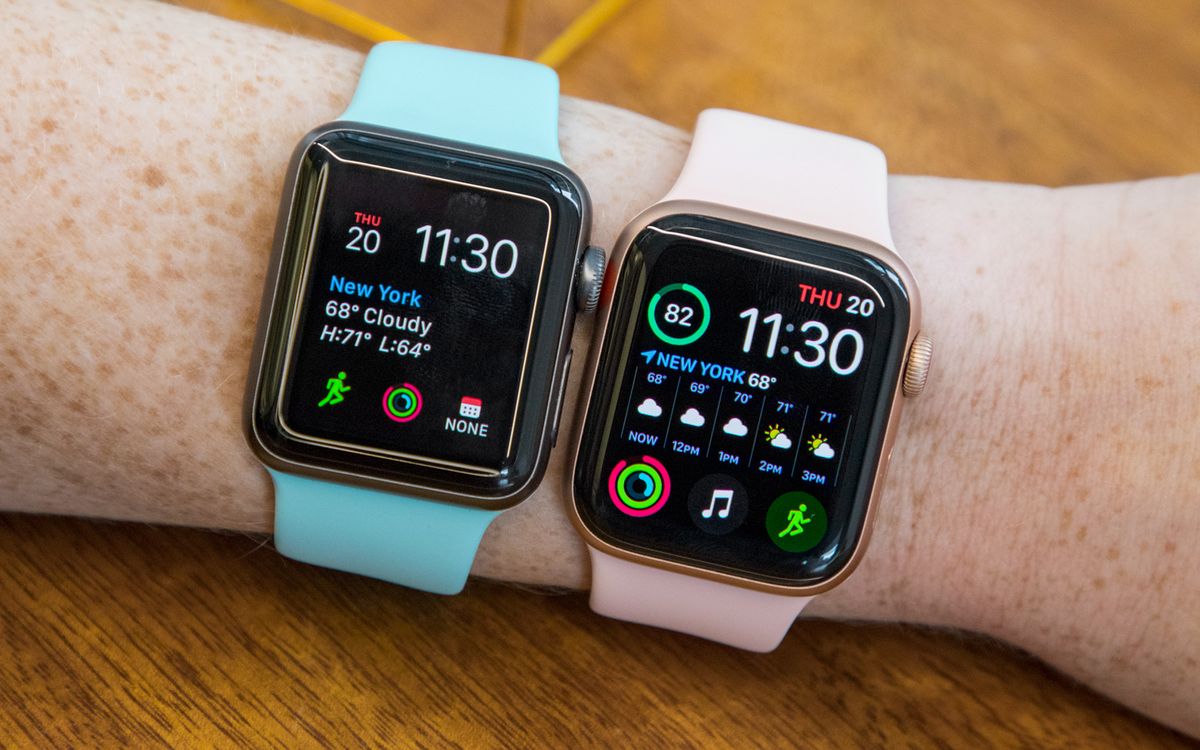


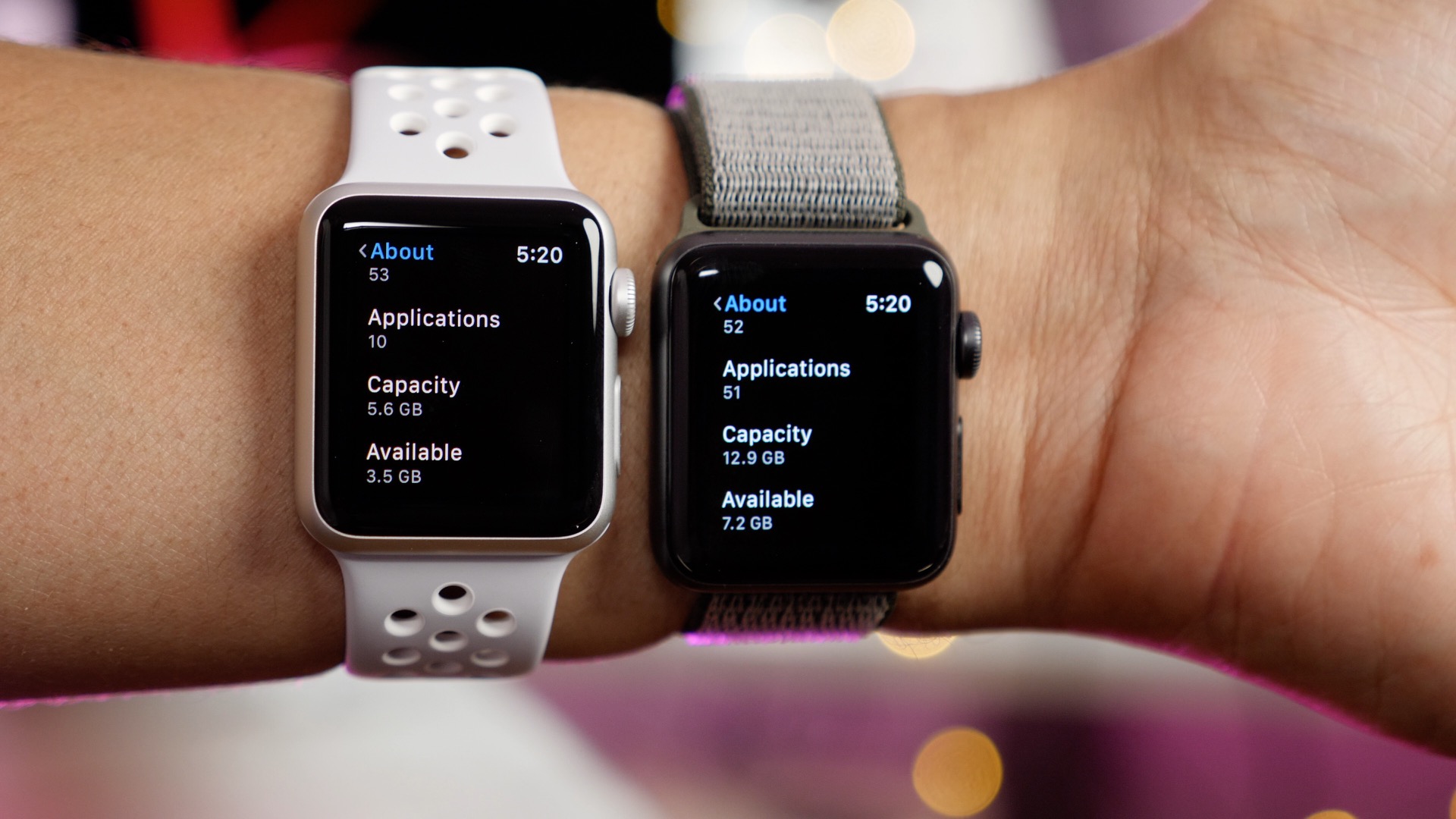


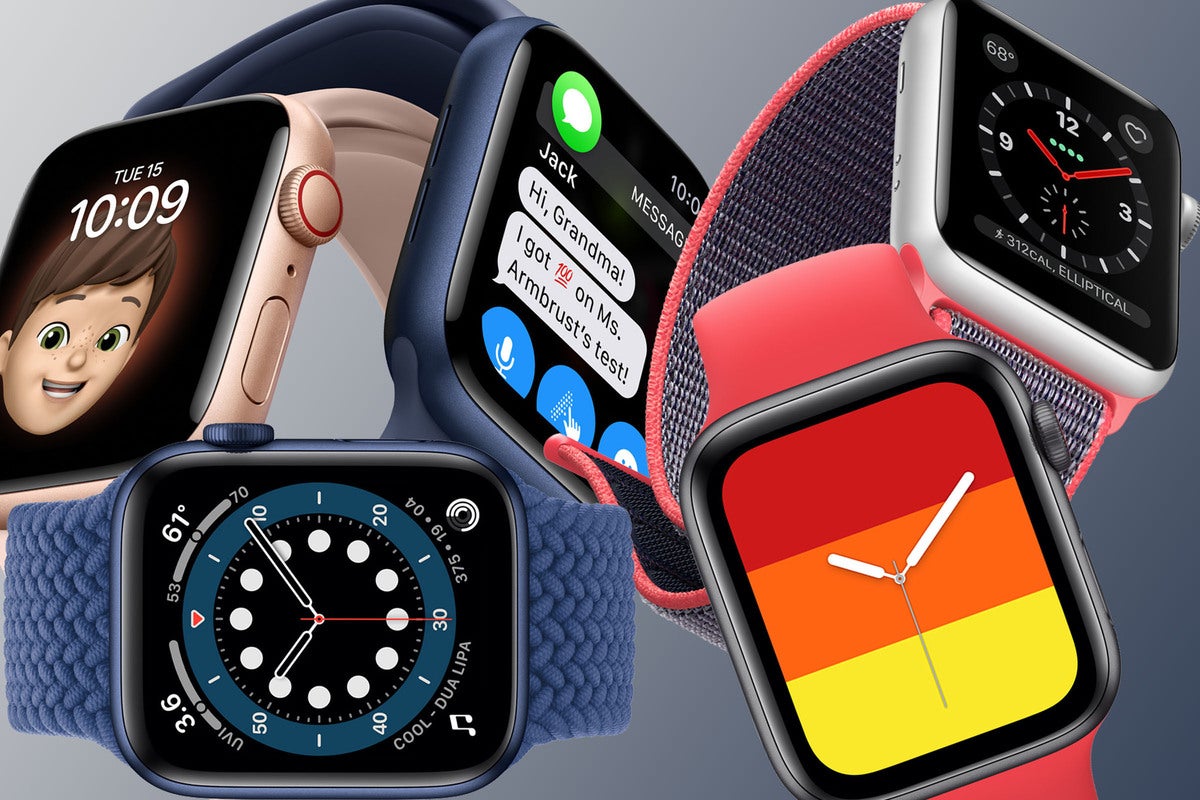




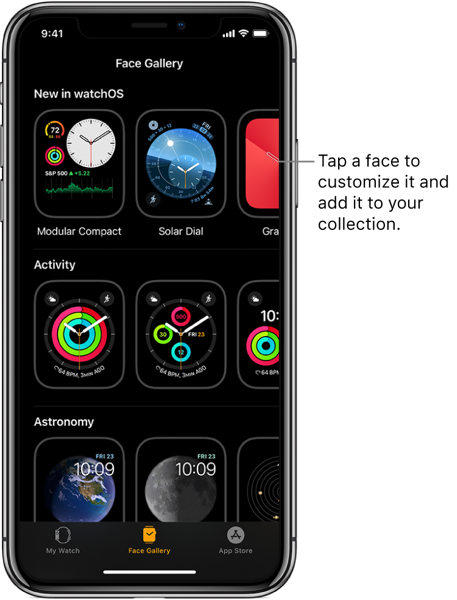


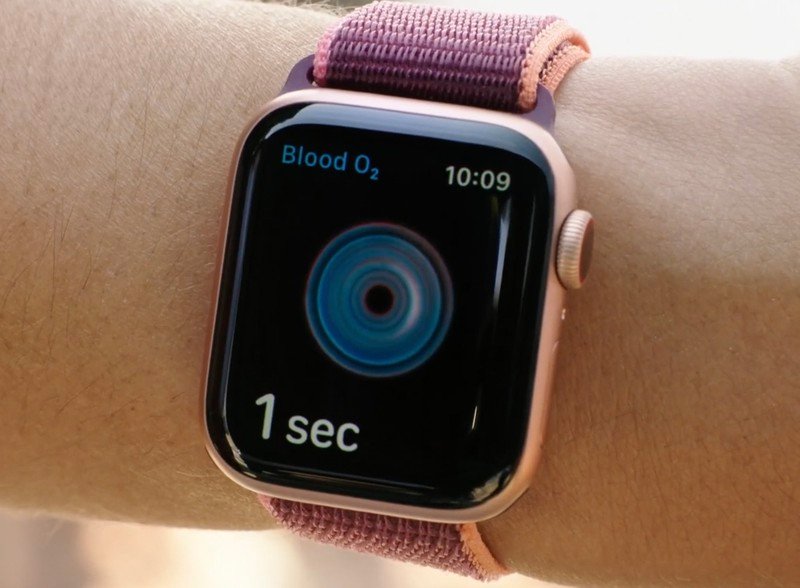
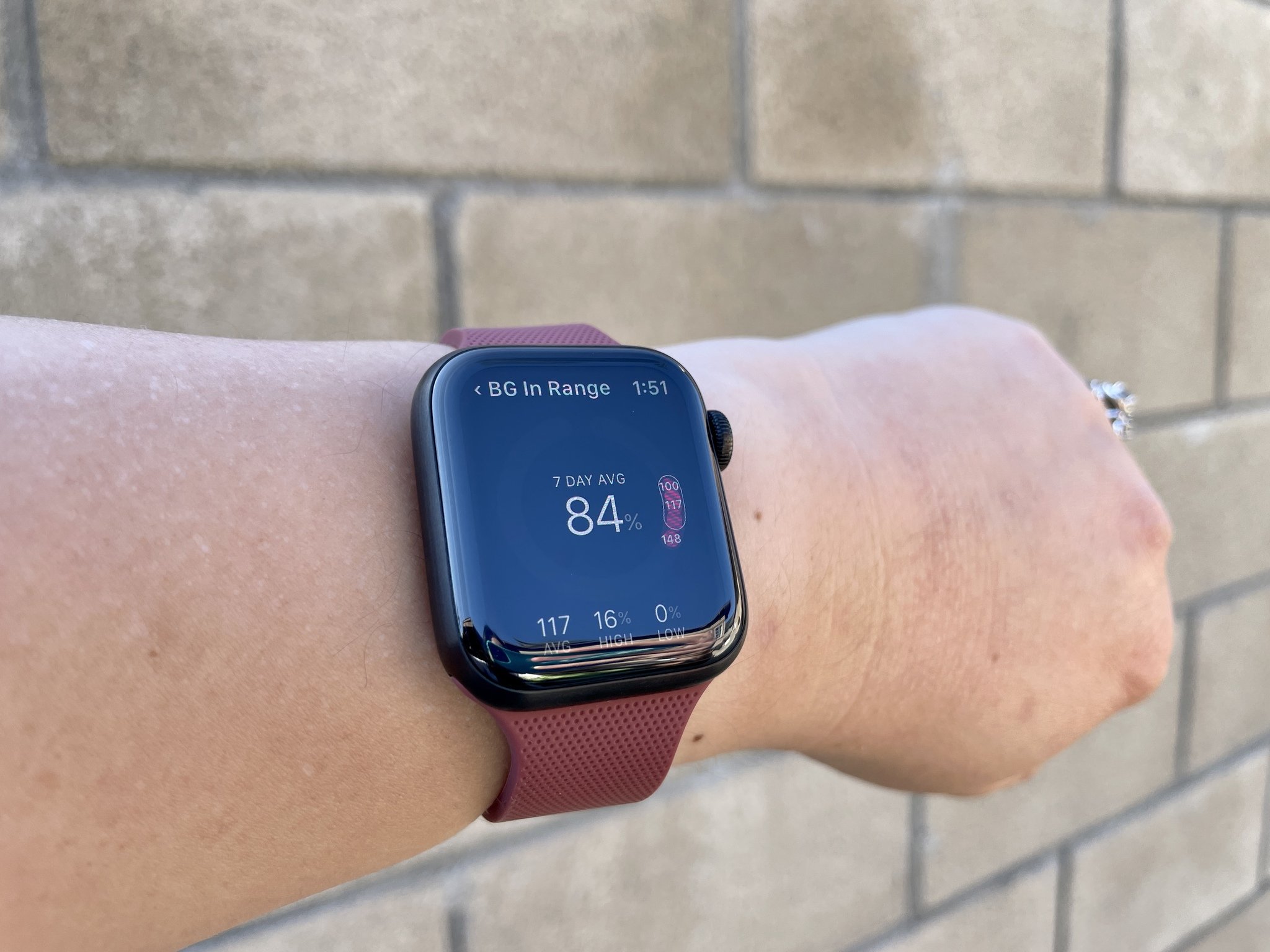







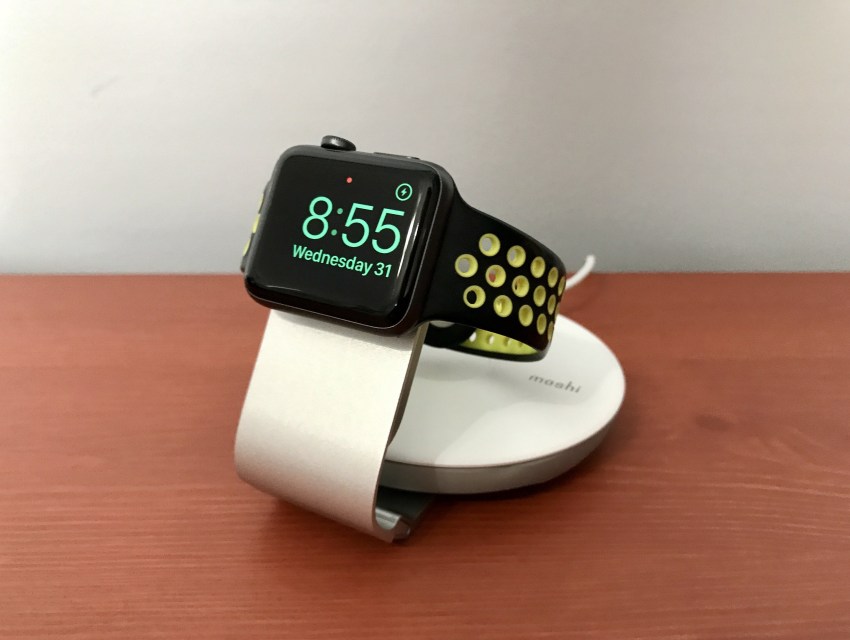




No comments:
Post a Comment
Note: Only a member of this blog may post a comment.